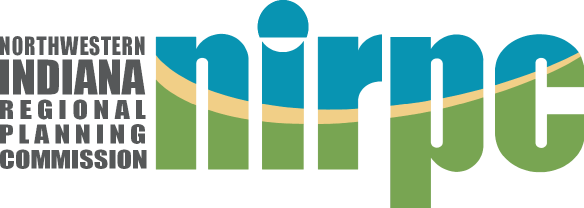A watershed simply is the entire land area that drains to a particular waterbody, whether it is a lake or a specific point on a stream or river. Watersheds come in all different shapes and sizes. As rain or snow melt moves across the landscape it can pick up harmful pollutants from the variety of land uses within that watershed and deliver them to our lakes and streams. This type of pollution is known as nonpoint source pollution and it is one of the greatest threats to water quality in Northwest Indiana. We all live in a watershed so we each have a role in maintaining the health of our region’s lakes and streams. The 2040 Comprehensive Regional Plan has identified watershed management as a significant implementation strategy to protect and restore our region’s aquatic resources. Using a watershed approach provides a flexible framework for managing water resource quality and quantity within specific drainage areas. The watershed planning process works within this framework by using a series of cooperative, iterative steps to characterize existing conditions, identify and prioritize problems, define management objects, develop protection or restoration strategies, and implement selected actions as necessary.
- Northwest Indiana Watershed Management Framework
- Coffee Creek Watershed
- Deep River-Portage Burns Waterway Watershed
- Deep River - Turkey Creek Watershed
- Dunes Creek Watershed
- Galena River Watershed
- Grand Calumet River-Indiana Harbor Ship Canal
- Little Calumet River (East Branch)
- Little Calumet River (West Branch)
- Salt Creek Watershed
- Trail Creek Watershed
